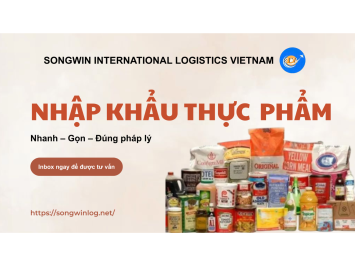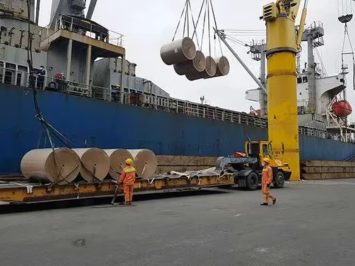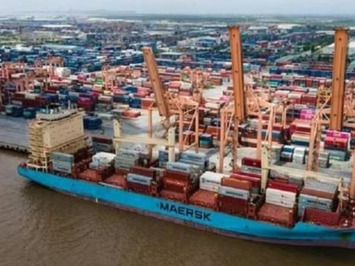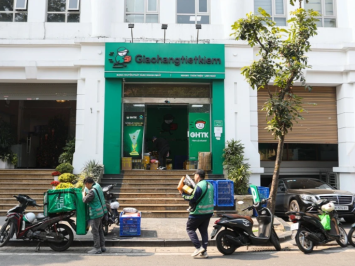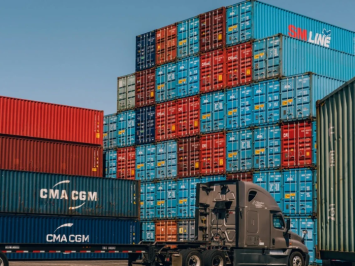The development of high-quality rice varieties, alongside improved farming techniques and stronger linkages among stakeholders in cultivation and distribution, has driven the sustainable growth of Việt Nam's rice industry and exports.
Combine harvesters reap the first summer-autumn rice crop in Cần Thơ last year grown under the Ministry of Agriculture and Environment’s project to develop one million hectares of high-quality, low-emission rice farming linked to green growth in the Mekong Delta by 2030. – VNA/VNS Photo Thu Hiền
HCM CITY – The development of high-quality rice varieties, alongside improved farming techniques and stronger linkages among stakeholders in cultivation and distribution, has driven the sustainable growth of Việt Nam's rice industry.
The rice sector has faced many challenges but the country has emerged as one of the world’s leading rice exporters since 1989. This is credited to the dedication of rice farmers, scientists, businesses, and the Government.
Việt Nam first began exporting the grain in 1910, reaching a peak of two million tonnes in 1939. However, production fell drastically, particularly during the 1945 famine, and continued to struggle until 1988. The Cửu Long Delta Rice Research Institute was established in 1977, successfully developing new rice varieties by crossbreeding traditional domestic strains with those from the International Rice Research Institute (IRRI) and India.
By 1985, large-scale production had begun with new varieties such as OM269 in the coastal south-central region and OM1490, OM4900, OM2517, and AS996 in the Cửu Long (Mekong) Delta. These developments enabled Việt Nam to resume exports in 1989.
Professor Bùi Chí Bửu, former director of the Institute of Agricultural Sciences for Southern Việt Nam, said the country's rice industry has surprised the world.
In the 1980s, the delta produced only five to six million tonnes of rice annually, but by 2005-06 the output had skyrocketed beyond 20 million tonnes, and it now stands at 24-25 million tonnes a year. Việt Nam exported over nine million tonnes worth US$5.7 billion last year, an 11 per cent increase in volume and a 24 per cent rise in value from 2023.
This success stems from long-term agricultural restructuring and close co-operation between the agricultural sector and local authorities, with a strong emphasis on quality improvement, according to Deputy Minister of Agriculture and Environment Phùng Đức Tiến.
“Currently, 95 per cent of Việt Nam’s rice varieties are high-quality strains, and 89 per cent of total output consists of high-quality rice.
“If Việt Nam successfully implements the project to sustainably develop one million hectares of high-quality, low-emission rice linked to green growth in the Mekong Delta by 2030, the value of the rice sector will increase further.”
Modernisation
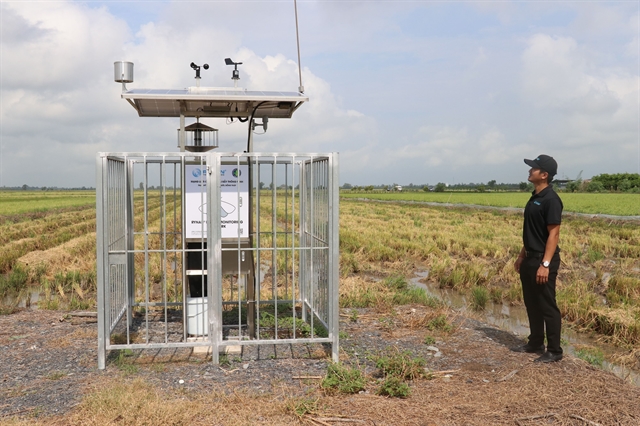
A smart pest monitoring system in Đồng Tháp Province’s Tháp Mười District. The province has installed 11 such systems across ecological zones for rice and fruit cultivation in seven districts. – VNA/VNS Photo Nguyễn Văn Trí
Over the past few decades, Việt Nam's rice farmers have embraced modernisation. Traditional manual methods of ploughing, transplanting and harvesting have gradually been replaced by mechanisation. Today many co-operatives use advanced technology to enhance the competitiveness of Việt Nam’s rice sector.
Lâm Phương Tùng, director of the Phước An Agricultural Co-operative in Sóc Trăng Province, said the co-operative actively applies advanced techniques to reduce costs and boost profits.
Members receive training in new methods, mechanise processes, and use specialised equipment such as cluster sowing machines and drones for pesticide and fertiliser application.
The co-operative also uses an electronic light-trap system to monitor brown planthoppers, helping predict outbreaks and mitigate diseases such as yellow dwarf and ragged stunt disease. QR codes have been introduced for smart rice fields to enhance management and traceability.
In recent years, rice farmers have increasingly partnered with companies to apply advanced farming techniques and improve efficiency.
Lê Quốc Phong, general director of Bình Điền Fertiliser Joint Stock Company in HCM City, said his company supports farmers in refining rice farming methods.
It provides guidance on reducing seed density, optimising nitrogen fertiliser use, ensuring balanced fertilisation, applying integrated pest management principles, and managing wet-dry alternate irrigation.
Through partnerships with Bình Điền, co-operatives and farmers have proactively adopted certified seeds, sowing machines and advanced monitoring systems, including salinity monitoring stations, pest surveillance networks, automated wet-dry irrigation and smart water pumping stations. Farmers in the Mekong Delta, Việt Nam’s rice granary, are increasingly cultivating high-quality rice varieties to meet domestic and export market demands.
One million hectare rice project
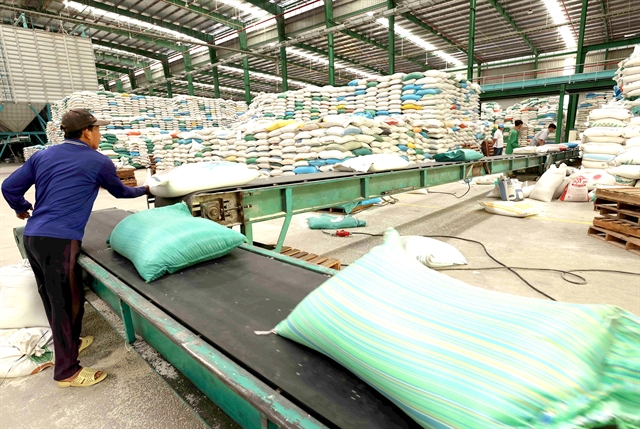
Rice is processed and packaged for domestic consumption and export at Hạnh Phúc Rice Mill in An Giang Province’s Tri Tôn District. — VNA/VNS Photo Vũ Sinh
The Mekong Delta is carrying out a Ministry of Agriculture and Environment project to develop one million hectares of high-quality, low-emission rice cultivation linked to green growth by 2030. This initiative, the first of its kind led by a government, aligns with Việt Nam’s commitment to achieving net zero emissions by 2050 that it made at the 2021 United Nations Climate Change Conference.
Approved by the Government in 2023, the project is being implemented in Cần Thơ and the provinces of An Giang, Kiên Giang, Đồng Tháp, Long An, Sóc Trăng, Bạc Liêu, Trà Vinh, Hậu Giang, Cà Mau, Tiền Giang, and Vĩnh Long.
In collaboration with local authorities and IRRI, the Ministry of Agriculture and Environment launched seven pilot models for high-quality, low-emission rice production in Cần Thơ, and Đồng Tháp, Kiên Giang, Trà Vinh and Sóc Trăng last year. Farmers and co-operatives participating in these models have achieved high efficiency while reducing greenhouse gas emissions.
Nguyễn Ngọc Huấn, director of Khiết Tâm Agricultural Co-operative in Cần Thơ, said his co-operative started cultivating 30 hectares under the project in the 2024 summer-autumn season.
Farmers have reduced the use of seeds from 150-180 kilogrammes per hectare to 80 kilogrammes, chemical fertilisers by 10-15 per cent and pesticides by 20 per cent.
Instead of burning straw, they now collect and sell it or repurpose it for fertiliser and mushroom cultivation, reducing organic toxicity and increasing income. As a result, farmers have seen a 15-20 per cent rise in profits compared to conventional methods, Huấn said.
Cần Thơ is cultivating 50,000ha under the project, which has significantly transformed its rice industry, according to Trần Thái Nghiêm, deputy director of the Cần Thơ Department of Agriculture and Environment. In Sóc Trăng Province, the Hưng Lợi Agricultural Co-operative in Long Phú District implemented a model growing 50ha of ST25 rice in the 2024 summer-autumn season under the project.
Trương Văn Hùng, the co-operative’s director, said the most significant benefit is "lower costs, higher profits." Consumers prefer ST25 rice grown under this model due to its superior fragrance and minimal pesticide residues, ensuring stable market demand, he added.
Trần Vĩnh Nghi, director of the Sóc Trăng Plant Cultivation and Protection Sub-department, reported that greenhouse gas emissions under the Hưng Lợi model were 9.5 tonnes of carbon dioxide equivalent per hectare, 29.6 per cent less than from conventional fields.
"The initial results show that reducing input materials does not affect yields and, in fact, increases farmers' profits. This is a strong incentive for more farmers to adopt the model in the coming years."
An Giang Province is restructuring rice production to align with the project, focusing on large-scale, sustainable farming with full mechanisation to reduce costs and improve quality. It is implementing advanced models such as "three reductions, three increases," "one must, five reductions," the Sustainable Rice Platform, and Vietnamese good agricultural practices standards.
Additionally, it is helping co-operatives adopt digital technology for traceability, cultivation mapping and market forecasting. Kiên Giang, the country’s largest rice-producing province, is cultivating 100,000ha under the project, with plans to double the area by 2030. The province is accelerating infrastructure development, technological application and project management.
Lê Hữu Toàn, director of the Kiên Giang Department of Agriculture and Environment, said: "The project aligns with the nationwide rice sector strategy. It gains strong support from local authorities, co-operatives, businesses, and rice farmers."







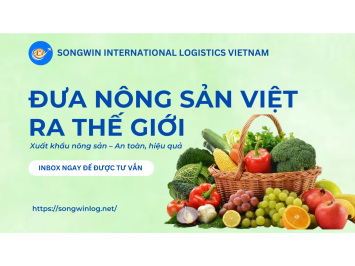
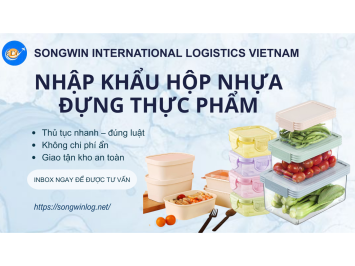

![Detailed Guide to Chemical Import Procedures [Updated 2025]](https://songwinlog.net/thumbs/355x266x1/upload/news/ve-tay-hinh-tron-logo-2-3776.png)
